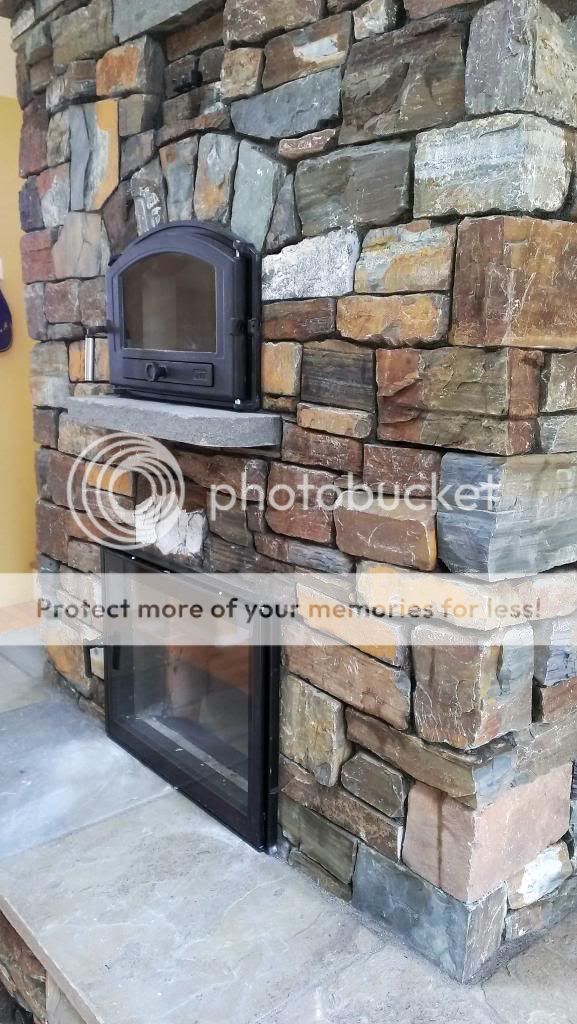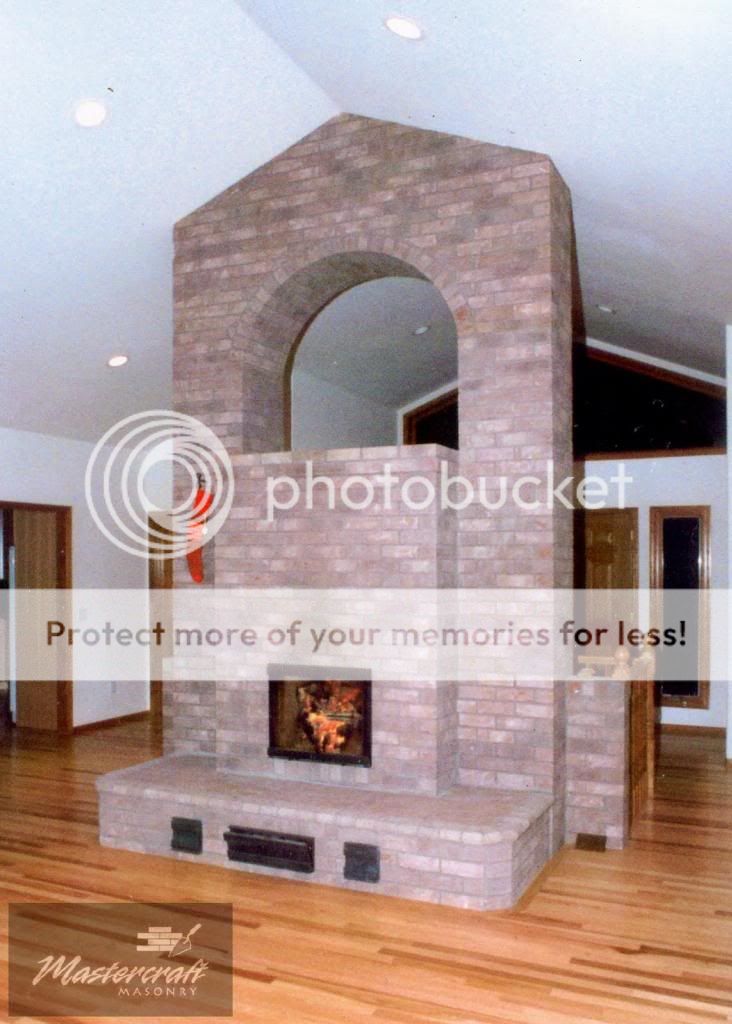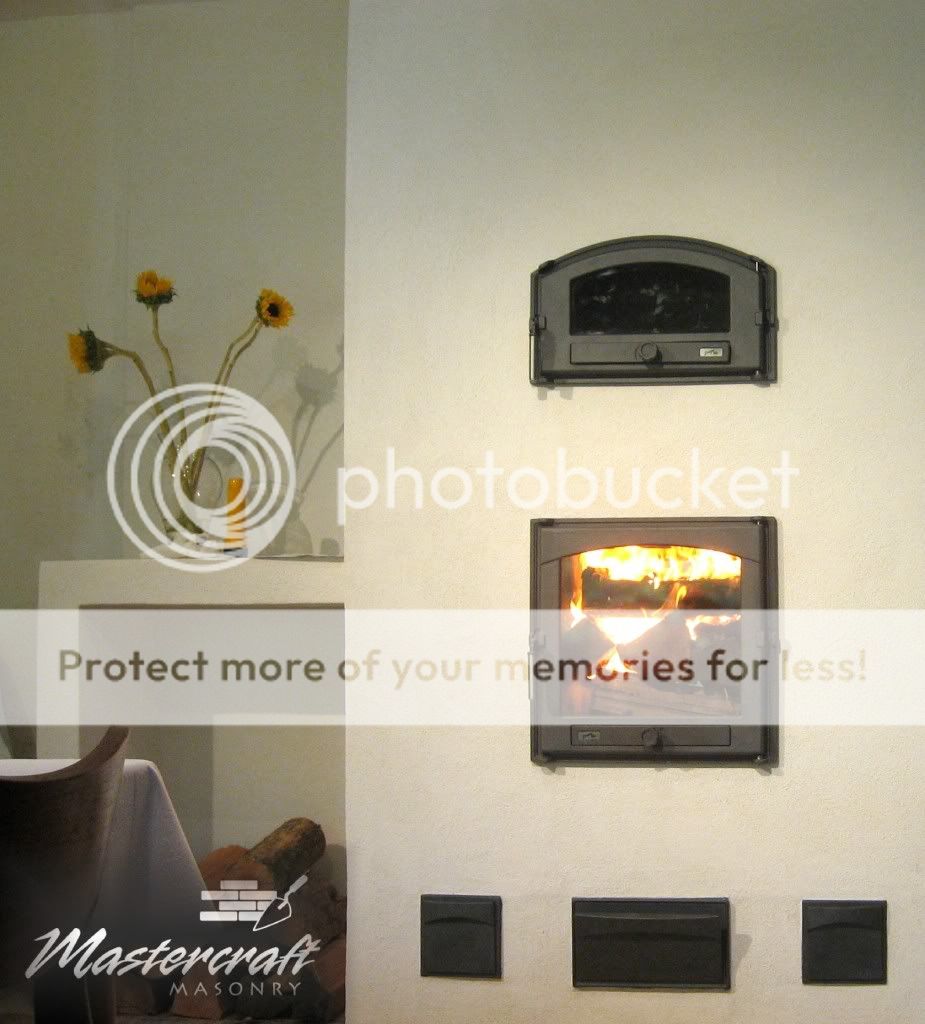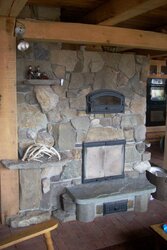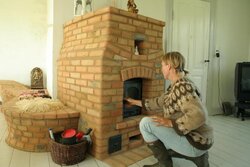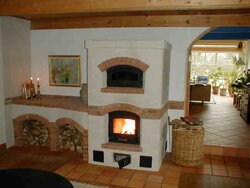This fellow, Jared, followed the masonry heater association's plans for a medium to large contraflow heater. This plan is the most common masonry heater built in North America. He did a great job of taking pictures of the building sequence - thanks Jared! He built in a white oven. (A white oven means the flames don't go through holes in the floor of the oven. If flames went right into the oven it would be a black oven).
part 1
jaredbarnhart.blogspot.com/search/label/masonry%20heater?updated-max=2012-01-14T21:10:00-06:00&max-results=20&start=3&by-date=false
part 2
http://jaredbarnhart.blogspot.com/2012/01/masonry-heater-part-ii.html
part 3
http://jaredbarnhart.blogspot.com/2012/01/masonry-heater-part-iii-finished.html
more pictures, mish mashed
http://jaredbarnhart.blogspot.com/search/label/masonry heater
part 1
jaredbarnhart.blogspot.com/search/label/masonry%20heater?updated-max=2012-01-14T21:10:00-06:00&max-results=20&start=3&by-date=false
part 2
http://jaredbarnhart.blogspot.com/2012/01/masonry-heater-part-ii.html
part 3
http://jaredbarnhart.blogspot.com/2012/01/masonry-heater-part-iii-finished.html
more pictures, mish mashed
http://jaredbarnhart.blogspot.com/search/label/masonry heater
Last edited:


